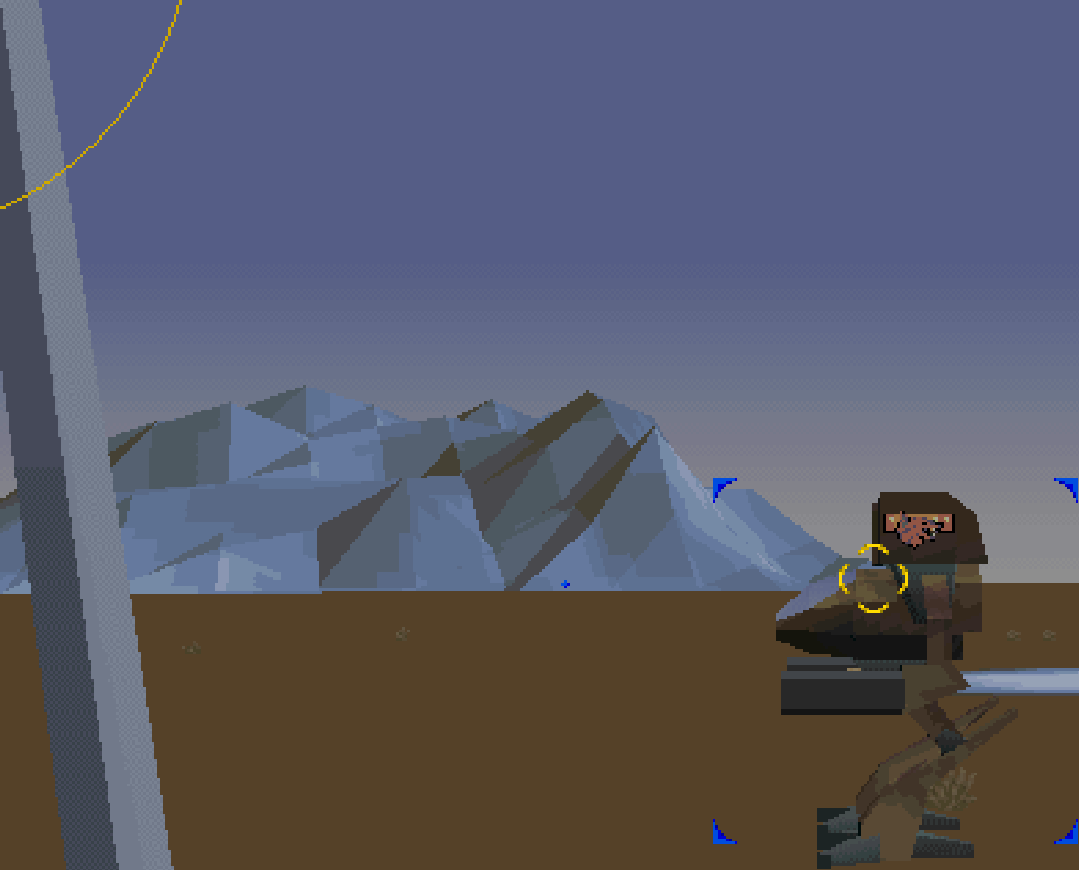All those HQX, Eagle, 2xSAI etc are scalers, specifically "pixel-art scaling algorithms" as Wikipedia calls them.
https://en.wikipedia.org/wiki/Pixel-art_scaling_algorithms
They can be considered fake anti-aliasing algorithms but all data they have to work with is the low-res output image, which is upscaled with some edge-detection to avoid blurring.
Personally, I rarely use those kinds of scalers, but that's a matter of taste.
On the other hand, proper anti-aliasing is more like rendering the whole image with higher resolution and then downscaling to screen. For performance reasons it is usually some kind of approximation of this process, but literally downscaling high-res image is a very good anti-aliasing algorithm.


